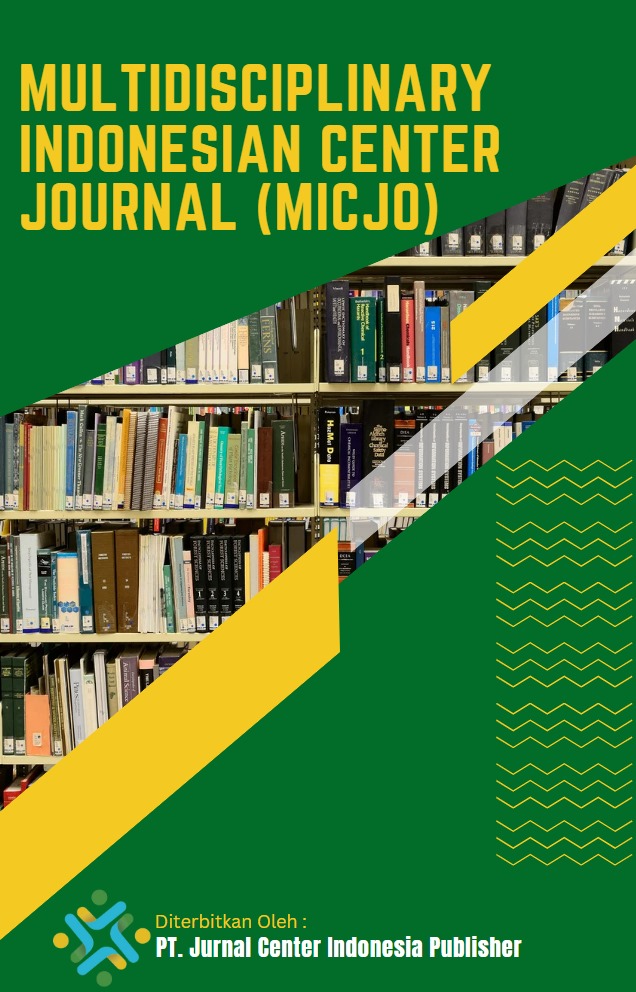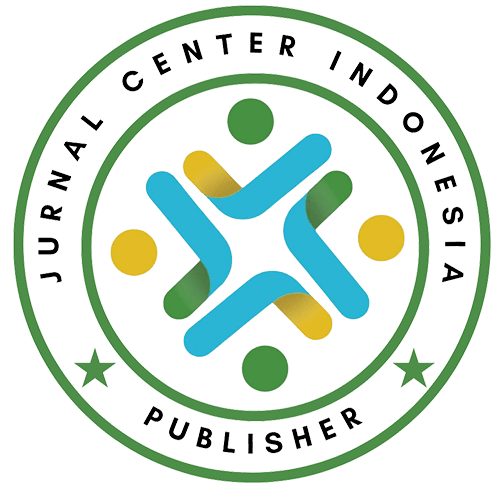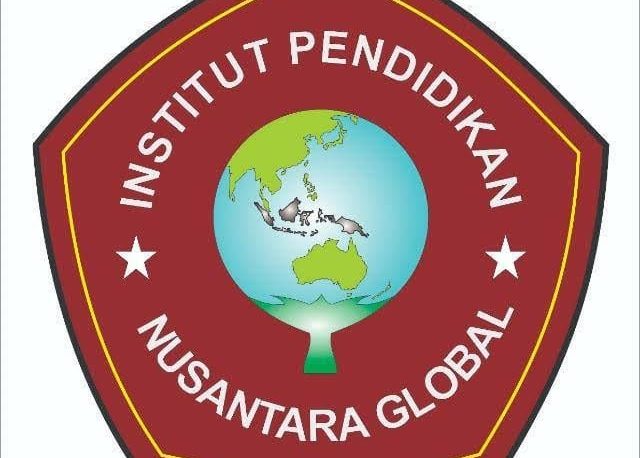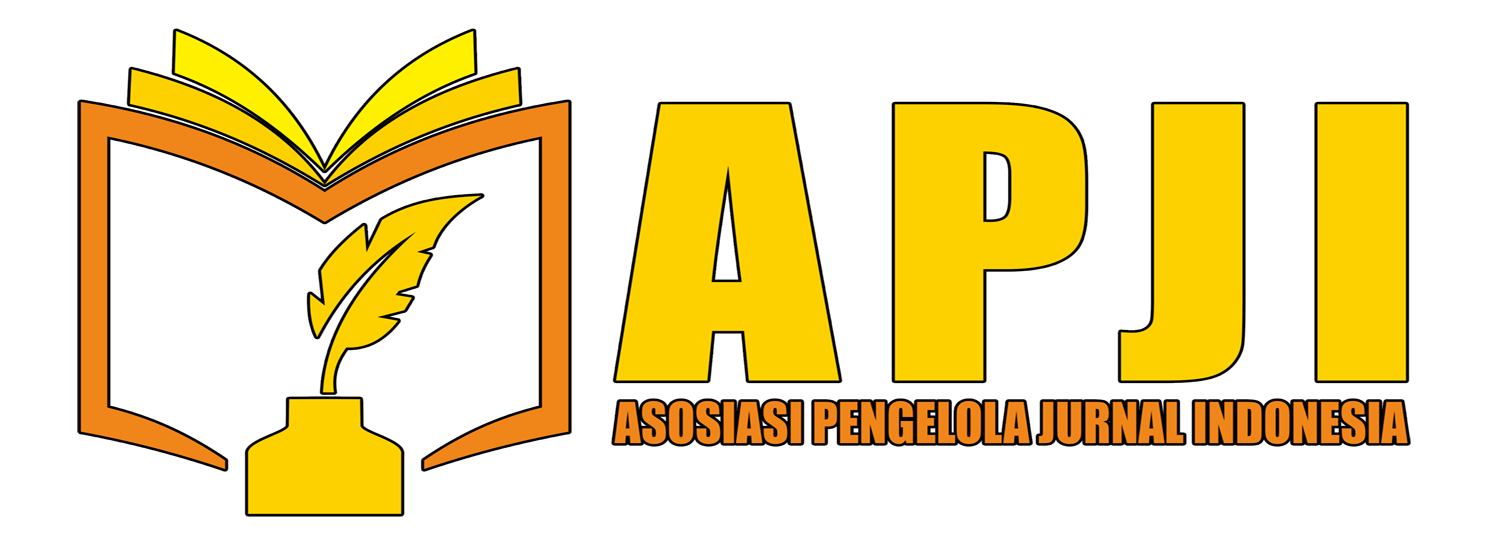CUSTOMER-DRIVEN EXCELLENCE STRATEGY: LEVERAGING SERVICE QUALITY, BRAND CREDIBILITY, AND PERCEIVED VALUE IN THE UMRAH TRAVEL INDUSTRY IN DEPOK CITY
DOI:
https://doi.org/10.62567/micjo.v2i4.1146Keywords:
Customer-driven excellence, service quality, brand credibility, perceived value, umrah travel industryAbstract
This study examines the implementation of customer-driven excellence strategy in the Umrah travel industry in Depok City by investigating the relationships between service quality, brand credibility, perceived value, and customer-driven excellence outcomes. Using a quantitative research approach with Partial Least Squares Structural Equation Modeling (PLS-SEM), data were collected from 105 customers who have utilized Umrah travel services within the past two years. The measurement model demonstrated excellent reliability and validity, with all constructs meeting stringent psychometric criteria for convergent and discriminant validity. The structural model reveals that all three hypotheses are strongly supported, with brand credibility emerging as the most influential factor (β = 0.398, p < 0.001), followed by perceived value (β = 0.356, p < 0.001) and service quality (β = 0.285, p < 0.001). The integrated model explains 74.2% of variance in customer-driven excellence, demonstrating strong explanatory power and large predictive relevance (Q² = 0.486). These findings provide empirical evidence that successful customer-driven excellence strategy requires integrated approaches prioritizing brand credibility development while simultaneously enhancing perceived value and service quality. The study offers valuable insights for Umrah travel operators seeking to optimize competitive advantage through comprehensive customer excellence strategies that address both functional and emotional dimensions of religious tourism services.
Downloads
References
Andriyani, N. K. R., & Yudhistira, P. G. A. (2023). How does conventional travel agent services enhance brand loyalty? The relationship between customer experience, brand credibility, and brand trust. Jurnal Manajemen Teori Dan Terapan, 16(1), 162-178. https://doi.org/10.20473/jmtt.v16i1.43170.
Cohen, J. (1988). Statistical power analysis for the behavioral sciences (2nd ed.). Lawrence Erlbaum Associates.
Creswell, J. W. (2014). Research design: Qualitative, quantitative, and mixed methods approaches (4th ed.). Sage Publications.
Dewi, F.R., Fatmawati, I., Musa, H.G. (2022). Effects of experience quality and perceived value on tourist satisfaction and behavioral intention in Prambanan Temple. JBTI: Jurnal Bisnis Teori dan Implementasi, 13(2), 158-176.
https://journal.umy.ac.id/index.php/bti/article/view/17168.
Fiandri, M., Syahyunan, & Tarmizi, H. B. (2025). Enhancing company value through customer loyalty in Umrah travel agencies. Jurnal Ilmiah Manajemen Kesatuan, 13(4), 2781-2794. https://doi.org/10.37641/jimkes.v13i4.3517.
Fornell, C., & Larcker, D. F. (1981). Evaluating structural equation models with unobservable variables and measurement error. Journal of Marketing Research, 18(1), 39-50. https://doi.org/10.1177/002224378101800104.
Ghozali, I., & Latan, H. (2015). Partial least squares: Konsep, teknik dan aplikasi menggunakan program SmartPLS 3.0 (2nd ed.). Badan Penerbit Universitas Diponegoro.
Gunsoles, L. (2023). Strategy for Improving Service Quality of Fatour Travel Bureau PT. Padang Tourism Choices on the Satisfaction of Hajj and Umrah Pilgrims. Sharia Economic and Management Business Journal (SEMBJ), 4(3), 58-61. https://doi.org/10.62159/sembj.v4i1.950.
Hair, J. F., Risher, J. J., Sarstedt, M., & Ringle, C. M. (2017). When to use and how to report the results of PLS-SEM. European Business Review, 31(2), 2-24. https://doi.org/10.1108/EBR-11-2018-0203.
Hair, J. F., Ringle, C. M., & Sarstedt, M. (2019). Partial least squares structural equation modeling: Rigorous applications, better results and higher acceptance. Long Range Planning, 46(1-2), 1-12. https://doi.org/10.1016/j.lrp.2013.01.001.
Henseler, J., Ringle, C. M., & Sarstedt, M. (2015). A new criterion for assessing discriminant validity in variance-based structural equation modeling. Journal of the Academy of Marketing Science, 43(1), 115-135.
https://doi.org/10.1007/s11747-014-0403-8.
Lorenso, F. and Puja, I.B.P. (2024). The Influence of Brand Trust, Price Fairness and Service Quality on the Brand Loyality (Case Study of Travel Agent Antavaya Bali). J-TRUE: Journal of Travel and Leisure, 1(2), 54–61.
Malhotra, N. K. (2010). Marketing research: An applied orientation (6th ed.). Pearson Education.
https://ejournal.ppb.ac.id/index.php/jtrue/article/view/1635.
Ruslan, A., Moelyati, T. A., & Choiriyah, choriyah. (2024). The The Influence of Service Quality, Prices, and Promotions on the Satisfaction of Pilgrims on Hajj and Umrah Destinations at the Hajj and Umrah Travel Agency PT. Pandi Kencana Murni. International Journal of Marketing & Human Resource Research, 5(2), 41 - 61. https://doi.org/10.47747/ijmhrr.v5i2.1705.
Sugiyono. (2019). Metode penelitian kuantitatif, kualitatif, dan R&D (2nd ed.). Alfabeta.
Sulistio, B., Fauziah, N., & Anggraini, D. (2024). The influence of service quality, prices, and promotions on the satisfaction of pilgrims on Hajj and Umrah destinations at the Hajj and Umrah Travel Agency PT. Pandi Kencana Murni. International Journal of Multidisciplinary Humanities Research and Review, 3(1), 45-58. https://journal.jis-institute.org/index.php/ijmhrr/article/view/1705.
Tandipayuk, G. P., & Kakeeto-Aelen, T. (2022). The Influence of Service Quality and Perceived Value on Customer Loyalty in Toraja Cultural Sites. Jurnal Kepariwisataan Indonesia: Jurnal Penelitian Dan Pengembangan Kepariwisataan Indonesia, 16(2), 103–116.
https://doi.org/10.47608/jki.v16i22022.103-116.
Wulandari, P., Suhud, U., & Febrilia, I. (2025). Analysis of Online Customer Loyalty Travel Agents in Jakarta: How do Social Media Marketing, Customer Relationship Management, and Customer Value Play a Role?. International Journal of Education, Social Studies, And Management (IJESSM), 5(1), 327–340. https://doi.org/10.52121/ijessm.v5i1.674.
Downloads
Published
How to Cite
Issue
Section
License
Copyright (c) 2025 Aghnia Wulandari, Suryono Efendi, Hasanudin

This work is licensed under a Creative Commons Attribution-ShareAlike 4.0 International License.


















